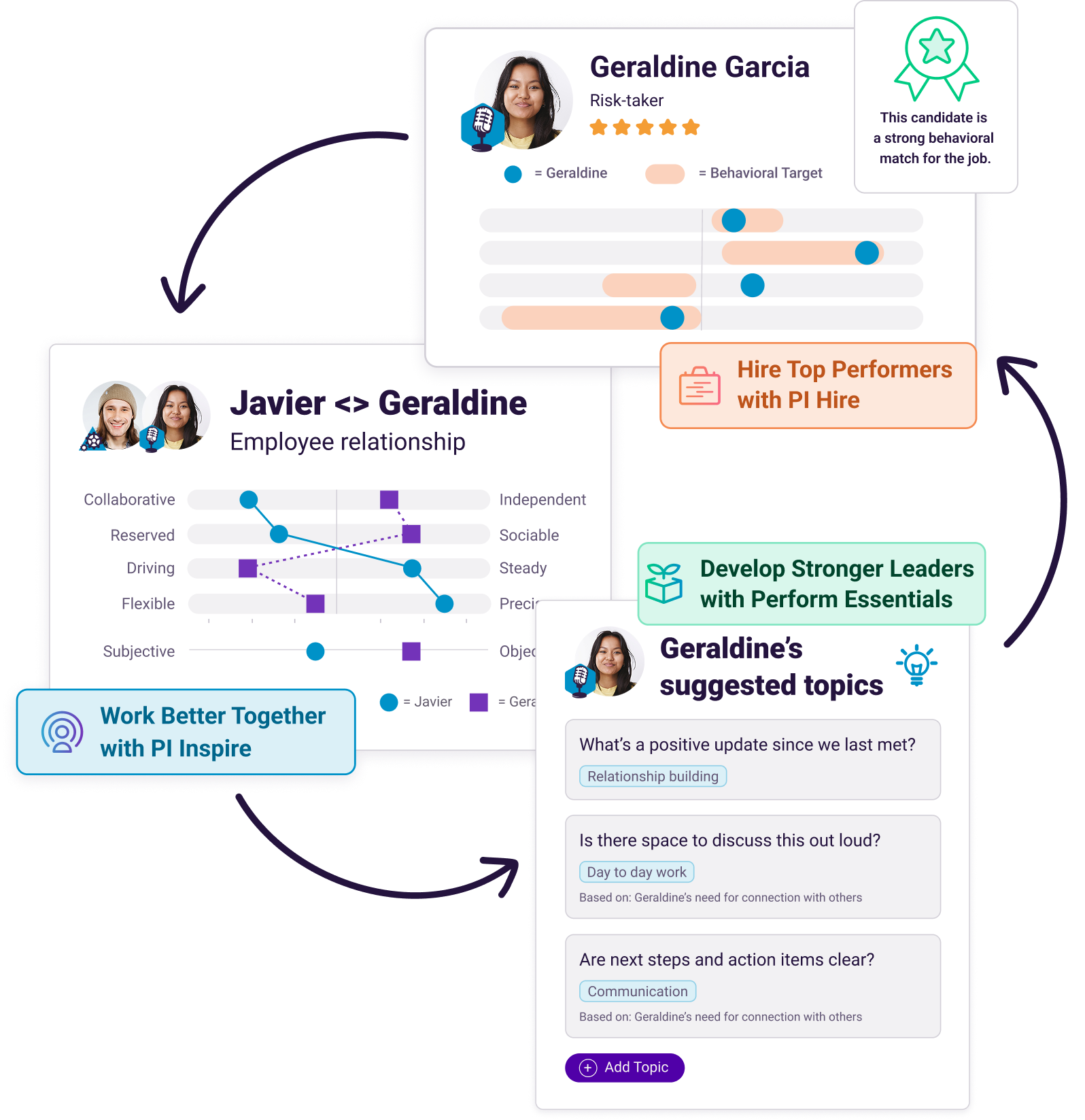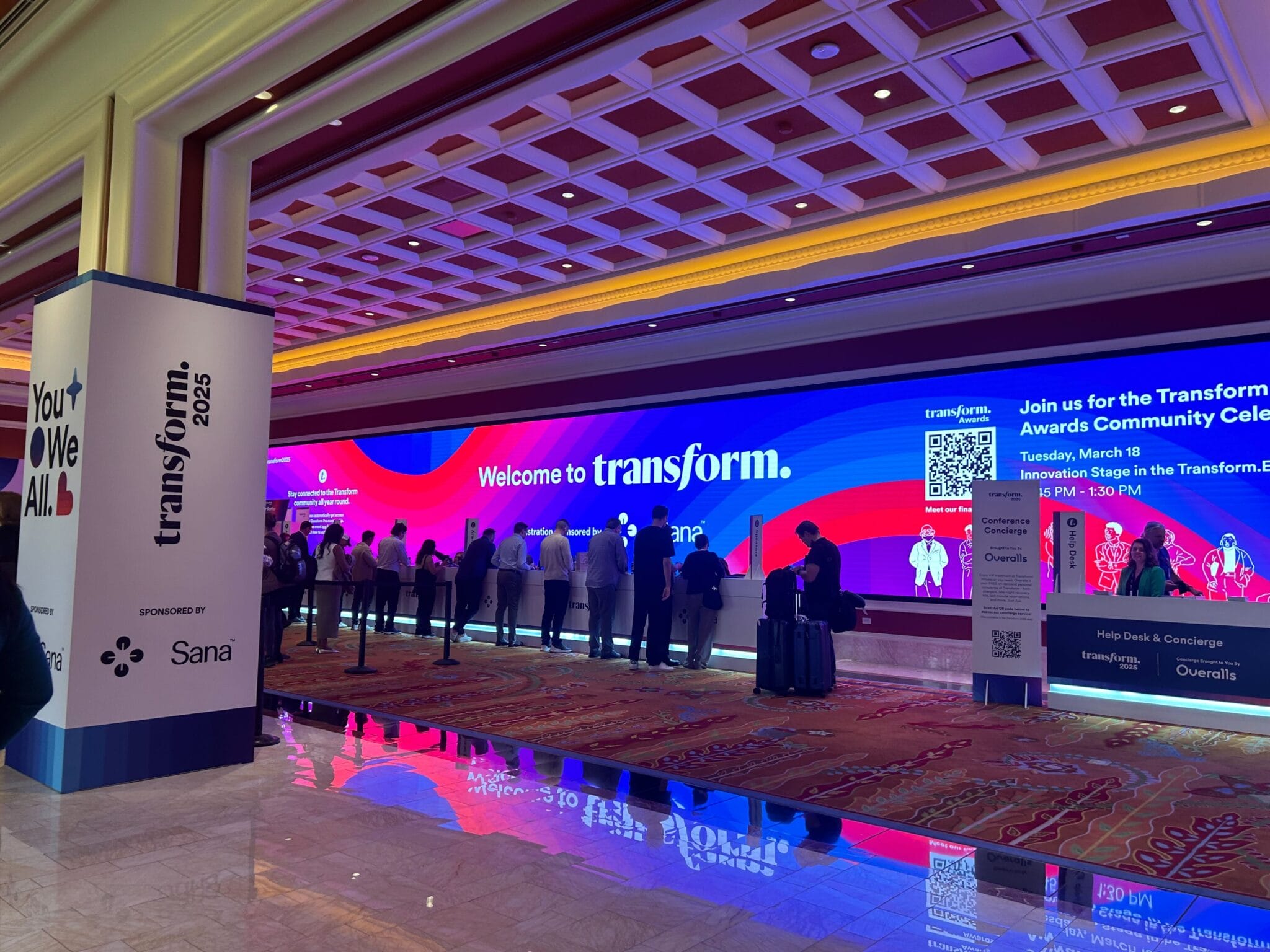In my work with executive and strategic HR teams, I try my best to reinforce a simple truth: Top talent always has a choice.
The days of overflowing candidate pools are in the distant past. The best candidates today are sophisticated job shoppers who do as much homework as they can before they make the effort to kick off the application process. What this means for employers is that if you can’t attract ideal candidates, you won’t earn the opportunity to interview them.
Join us live for the Perspectives webinar.
And learn more about executive and strategic HR work.
I recently shared my research and advice for employers who want to ensure their earliest candidate experience is meeting the expectations and interests of these modern job shoppers.
To build on that foundation, I decided to conduct a side-by-side comparison of first impressions and employer brands in the banking industry. I converted my research findings into a four-point rubric for five distinct criteria:
- Organization transparency
- Work transparency
- Employee advocacy
- Social engagement and visibility
- Application experience.
This yielded a 100-point scale that can be objectively applied to any given set of comparable employers. (I’ve included a more detailed methodology at the end of this post.)
Owing to employers’ interest in attracting top talent, I refer to the results as a “Talent Magnet” benchmark.
Results and commentary
Here are the overall Talent Magnet benchmark results for the 10 largest banks in the U.S.
Overall
| Rank | Bank | Score |
| 1 | Bank of America | 81 |
| 2 | Capital One | 79 |
| 3 | U.S. Bank | 75 |
| 4 | Goldman Sachs | 74 |
| 5 | Truist | 72 |
| 6 | Wells Fargo | 71 |
| 7 | PNC Bank | 70 |
| 8 | Citibank | 67 |
| 9 | JPMorgan Chase | 66 |
| 10 | TD Bank | 62 |
As this is a first-of-its-kind benchmark, I’ll begin by sharing a few high-level observations:
Bank of America nabbed the top spot, scoring 81 total points out of an available 100 points. Capital One and U.S. Bank rounded out the Top 3, with 79 and 75 total points, respectively. I consider a 70 to be a passing score, meaning that three banks—Citibank, JPMorgan Chase, and TD Bank—failed to make the grade.
It’s important to note that even the best-performing banks were found to be strong in some areas, while having room for improvement in others. In fact, summing the highest observed score on each criterion across the segment produced an eye-popping 97 points. The average score of the cohort, however, topped out at just under 72 points. This means that while these banks are capable of A+ work, they’re currently offering a C- experience, on average, to would-be applicants.
Best practices in banking
One of the key reasons I wanted to create and publish this type of benchmark is to educate all employers about best practices when it comes to attracting top talent. It’s helpful to see positive examples so we can emulate them in our own recruitment and employer branding efforts.
Here are a few exemplary results along with screenshots.
- Organizational values. Goldman Sachs earned high marks with its transparency, brevity, and specificity in this area. Job shoppers can quickly and easily determine what the company stands for and whether these values resonate with their own.
Source: Goldman Sachs
- Employee testimonials. JPMorgan Chase offers candidates several examples of employees working across the bank. Candidates want to see real stories from real people, and this treatment accomplishes that convincingly.
Source: JPMorgan Chase
- Candidate-specific chat. Candidates want quick answers to their questions, and they want to be able to find helpful resources when they need them. While some banks may only offer a generic email option, the U.S. Bank careers page provides a chat option designed specifically for job shoppers.
Source: U.S. Bank
Detailed breakdown of methodology
The Talent Magnet Benchmark also includes subcategory-level scores. I’m sharing those below for comprehensiveness.
Organization Transparency
| Rank | Bank | Score |
| 1 | Bank of America | 17 |
| 2 | Capital One | 17 |
| 3 | Citibank | 16 |
| 4 | Truist | 16 |
| 5 | Wells Fargo | 15 |
| 6 | PNC Bank | 14 |
| 7 | U.S. Bank | 14 |
| 8 | Goldman Sachs | 13 |
| 9 | JPMorgan Chase | 13 |
| 10 | TD Bank | 11 |
Work Transparency
| Rank | Bank | Score |
| 1 | Bank of America | 15 |
| 2 | Capital One | 15 |
| 3 | U.S. Bank | 15 |
| 4 | Goldman Sachs | 14 |
| 5 | PNC Bank | 12 |
| 6 | TD Bank | 12 |
| 7 | Wells Fargo | 11 |
| 8 | JPMorgan Chase | 10 |
| 9 | Truist | 10 |
| 10 | Citibank | 8 |
Employee Advocacy
| Rank | Bank | Score |
| 1 | Capital One | 18 |
| 2 | Bank of America | 17 |
| 3 | Truist | 17 |
| 4 | U.S. Bank | 17 |
| 5 | Goldman Sachs | 16 |
| 6 | Citibank | 15 |
| 7 | PNC Bank | 15 |
| 8 | JPMorgan Chase | 14 |
| 9 | Wells Fargo | 14 |
| 10 | TD Bank | 13 |
Social Engagement & Visibility
| Rank | Bank | Score |
| 1 | Bank of America | 18 |
| 2 | Goldman Sachs | 18 |
| 3 | Capital One | 17 |
| 4 | Truist | 17 |
| 5 | U.S. Bank | 17 |
| 6 | Wells Fargo | 17 |
| 7 | Citibank | 16 |
| 8 | JPMorgan Chase | 16 |
| 9 | PNC Bank | 16 |
| 10 | TD Bank | 16 |
Pre-Application Experience
| Rank | Bank | Score |
| 1 | Bank of America | 14 |
| 2 | Wells Fargo | 14 |
| 3 | Goldman Sachs | 13 |
| 4 | JPMorgan Chase | 13 |
| 5 | PNC Bank | 13 |
| 6 | Capital One | 12 |
| 7 | Citibank | 12 |
| 8 | Truist | 12 |
| 9 | U.S. Bank | 12 |
| 10 | TD Bank | 10 |
Congratulations to Bank of America, Capital One, Goldman Sachs, U.S. Bank, and Wells Fargo for achieving one or more best-in-class subcategory scores.
An eye to the future
In an effort to demystify the early candidate experience, this was an extremely informative benchmarking exercise. So what comes next?
Job shoppers are actively evaluating companies and roles across a wide variety of industries. Based on what I’ve seen in this inaugural banking benchmark, I’m now interested in what I’ll discover in other industries ranging from airlines to auto manufacturers, health care and hotels, to restaurants to retailers.
Who will win the next Talent Magnet benchmark? Stay tuned!
Benchmark methodology
The 10 largest banks in the United States were chosen based on a listing published by Bankrate.com. The respective publicly-accessible websites, Glassdoor profile, LinkedIn page, and Instagram and TikTok profiles of each bank were visited during the period of September 25, 2023 to September 30, 2023. Each criterion was evaluated on a scale of 1-4 using a standardized rubric. Subcategory scores were calculated and then summed to determine the overall scores. Banks are ranked by score (highest to lowest) and alphabetically in the case of a tie for the overall benchmark as well as for each subcategory.









